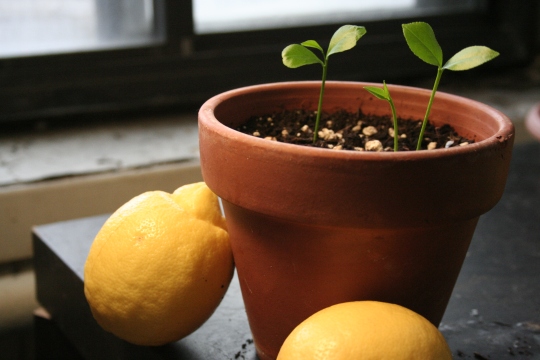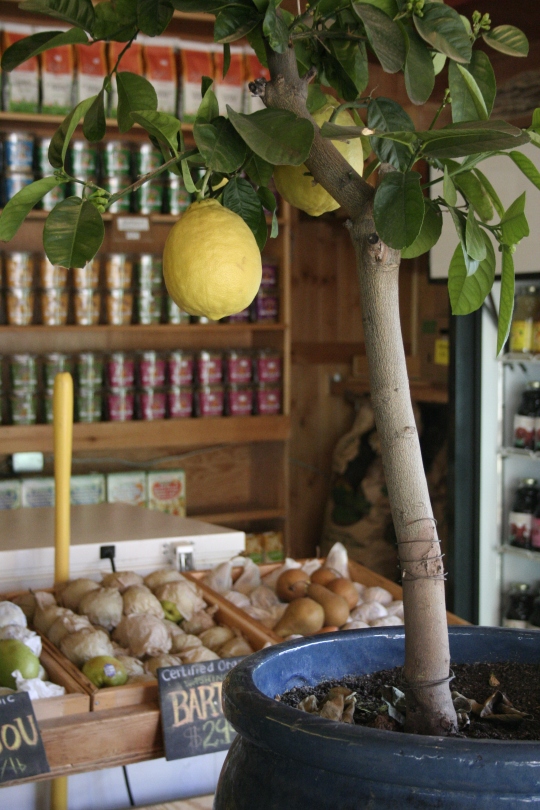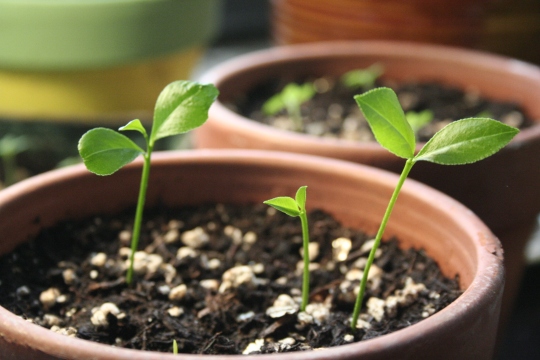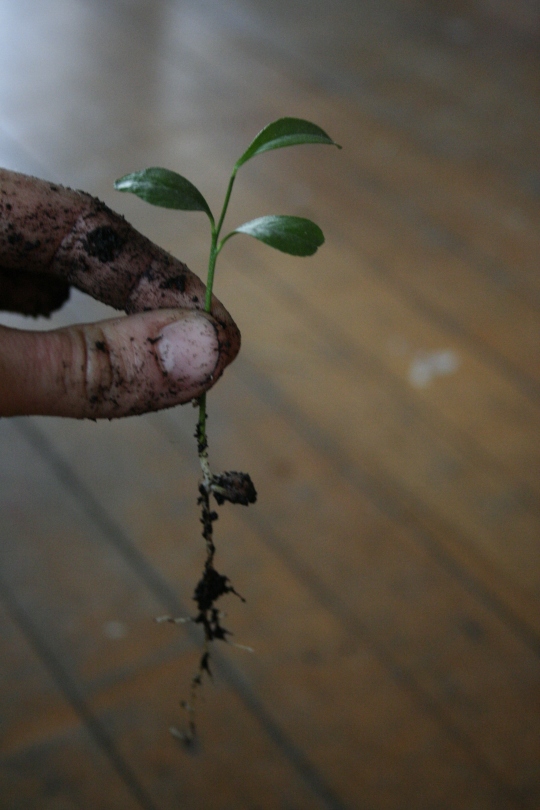Mason jars were so beloved by crafters this past year that Huff Post called them the DIY equivalent of the cronut. Here are the 19 most popular mason jar projects on Hometalk in 2013.posted on
18. Mason jar down-home style chandelier
Well, the first thing you know, old Jed’s a millionaire …
17. The (simple & cheap) secret of homespun dishwasher detergent
Nowhere to store this dish soap once you’ve mixed it up? Umm, why not try … *drum roll* … a mason jar?
16. Here’s how to put together a Vogue-worthy votive candle
This lit-up mason jar goes glam with stylish peekaboo cutouts.
15. Those blooming mason jars make great vases!
Mum’s the word at this meeting of the masons.
14. Another vase idea: all prettied up with distressed paint.
Discard them, distress them, mason jars just keep going strong.
13. Mason jars can do ANYTHING …
… light up the great outdoors, pack preserves, dangle from the ceiling like Spiderman.
12. Neat’n’tidy mason jars organize your bathroom stuff.
Perfect for New Year’s morning. Just follow the numbers.
11. . Packaging for homemade vinegar-citrus cleaner
This cleaning solution packs quite a wallop, but please don’t drink it. Not even as a hangover cure.
10. New Year Resolution: perk up thrift shop vases and their humble mason jar cousins with a coat of fresh paint.
Stock up on DIY vases for all the bright bouquets your SO’s resolved to bring you in 2014.
9. Quite possibly the most unusual snow globes of the year.
Mason jars display a case of the wintertime blues in Tinseltown.
8. There’s a crafty cocktail of inexpensive, natural smelling room freshener inside these masons.
Now that’s what we call home brew!
7. Indoor MJ planters dispense fresh herbs on demand.
How herbivores can spice up their life in any season.
6. Fairy lights set mason jars a-twinkle.
One thing a gal (or guy) just can’t have too much of: mason jar lamps. Like Christmas all year long.
5. Good little mason jars keeping your twine tangle-free.
Use these to build the biggest ball of twine in Minnesota. Or just to wrap parcels.
4. Create porch lights you can be proud of.
The charming mason jar lights in the pic were actually put together for a devoted DIYer by her ever-lovin’ hubby. Sweet.
3. Mason jars morph into faux etched canisters.
You too can have stylish staples in their own country chic containers.
2. Easy instructions for building a mason jar solar light.
Light up your life as you take a load off the planet.
1. Most popular mason jar project of the year: a “green” light.
A DIY outdoor light that combines upcycling with solar power. Tree huggers rule!
This post was created by a user and has not been vetted or endorsed by BuzzFeed’s editorial staff. BuzzFeed Community is a place where anyone can post awesome lists and creations.Learn more or post your buzz!
































 Healthy soil is the basis of healthy plants and a healthy environment. When garden soil is in good shape there is less need for fertilizers or pesticides. As author and respected gardener Frank Tozer writes, “When building soil you not only improve your plants health, but you can also improve your own.”
Healthy soil is the basis of healthy plants and a healthy environment. When garden soil is in good shape there is less need for fertilizers or pesticides. As author and respected gardener Frank Tozer writes, “When building soil you not only improve your plants health, but you can also improve your own.”





 Nausea is a feeling of unease and sickness that is hard to put words too, but that at some point another most of us have been all too familiar with. Often times the pre-curser to vomiting, is a miserable thing to experience. It can be caused for many reasons, from dehydration to food poisoning, morning sickness to motion sickness, medications to acid reflux. A lot of the time occasional nausea does not warrant a trip to the doctor-always exercise common sense when make that decision-and there are quite a few natural and home remedies for nausea that you can try. Treating your nausea naturally tends to be less likely than stronger medications to be hard on your body, possibly making you feel worse rather than better.
Nausea is a feeling of unease and sickness that is hard to put words too, but that at some point another most of us have been all too familiar with. Often times the pre-curser to vomiting, is a miserable thing to experience. It can be caused for many reasons, from dehydration to food poisoning, morning sickness to motion sickness, medications to acid reflux. A lot of the time occasional nausea does not warrant a trip to the doctor-always exercise common sense when make that decision-and there are quite a few natural and home remedies for nausea that you can try. Treating your nausea naturally tends to be less likely than stronger medications to be hard on your body, possibly making you feel worse rather than better.
















Recent Comments